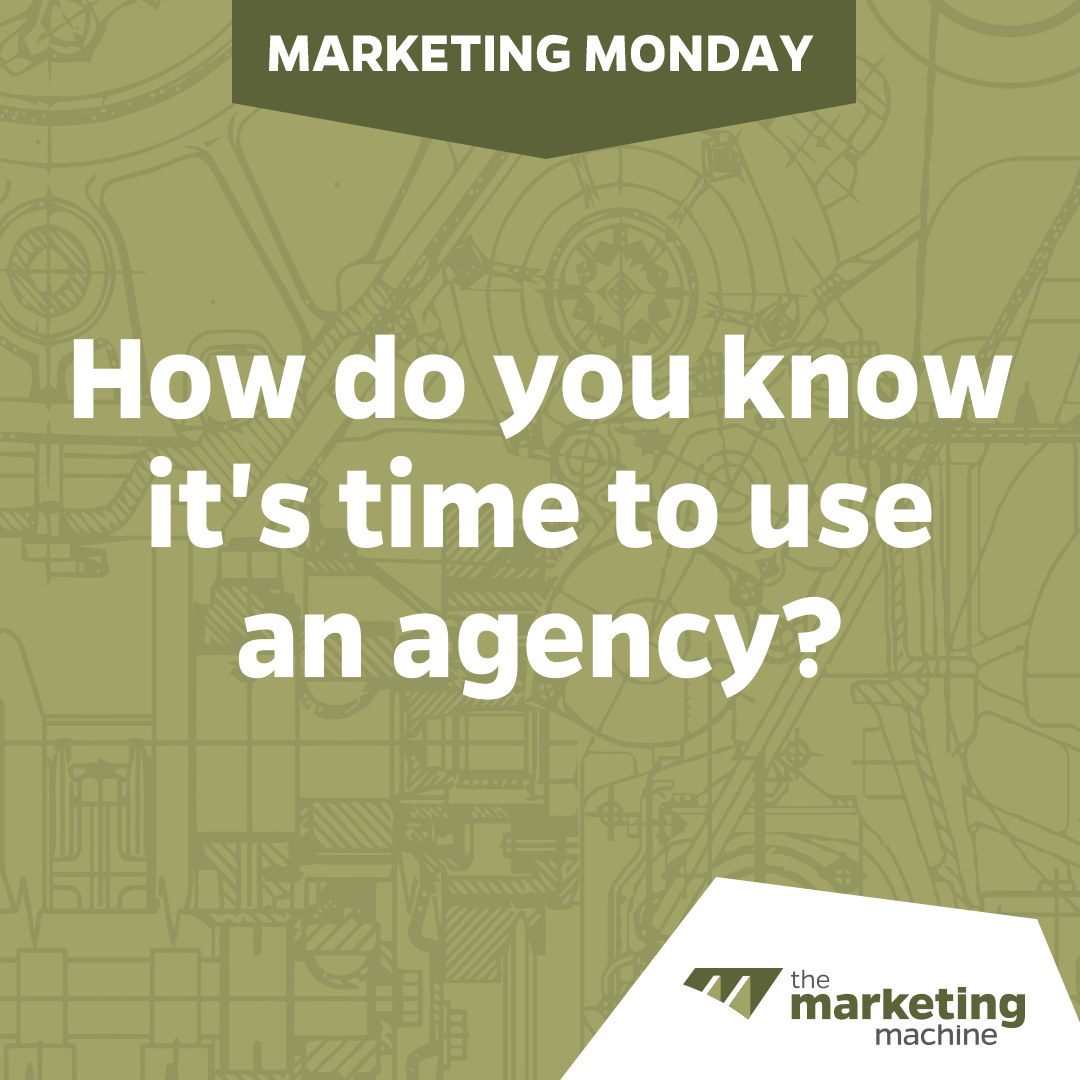In today's business landscape, effective marketing and creative services are vital for success. One crucial…
Choosing an Audience and Customizing Your Core Marketing Message for It
 A successful marketing strategy for your brand requires you to deliver the right message to the right people at the right time. To do so, companies need to identify what each of those “rights” is, and the three are intertwined like the proverbial chicken-and-egg:
A successful marketing strategy for your brand requires you to deliver the right message to the right people at the right time. To do so, companies need to identify what each of those “rights” is, and the three are intertwined like the proverbial chicken-and-egg:
- To craft the right message, you need to know who you are talking to and the best method and time to reach them.
- To get the timing right, you need both the right message and the correct recipients, or you’re shooting in the dark.
- To reach the right people, it’s important to identify what they want to know, or you’ll be irrelevant to their needs and wants.
Our client Seizmik, for example, sells aftermarket products for various brands, including Honda and Kawasaki UTVs. Marketing to these two audiences often needs to be sensitive to brand issues, and we usually tweak promotional material to provide neutrality during the first touch point. This may require us to remove brand information initially, which is only added back when users get to the landing page.
So, where does a body start? We believe the best place to begin is with target market research, followed by the development of a comprehensive core message aimed at the right people.
Identifying your Target Audience
Most business owners have a fairly good idea of who their customers are, but we often find small to medium-sized companies haven’t taken the time to define clear target market parameters. Before you can craft messages that speak to your potential clients, you need to have a well-defined picture of who you are talking to, and how best to reach them.
Some of the ways you can identify who your “ideal” client is include:
- Reviewing your current client list: Your best way to find out who makes up your target audience is to examine the people currently buying from you. Export your list into a program like Excel, or use contact management software to categorize your current customers by demographics, location, industry or other criteria. You can also interview some of your major clients to get their take on why they use your company.
- Performing research on commonalities: Take a look at the categories of clients who make the largest purchases and the commonalities between them. Research these factors to understand what drives your customers to need your product or service. What are their pain points and how does your offering solve them? Google and Facebook have analytics where you can verify information such as age, gender, and geographical location, as well as obtain behavioral insights based on the search functionality.
- Creating detailed customer profiles: Based on your research, develop an imaginary persona for each of your top ideal clients. While it’s common to have three or four profiles, if you have many more you may need to have different marketing strategies to target different groups. Your profile should describe an imaginary person, define their age, gender, income status, occupation, seniority level (mostly only applies to B2B), their family scenarios, typical wants and needs of people who match their description. You can even give each persona a name and choose a stock image that represents him or her. HootSuite has a great free template to help you create your buyer personas.
When you know who your audience is, you’ll be able to craft suitable core messaging to communicate with them in a way that generates interest and leads. It’s not tangible, but it’s what will resonate with your target audience and keep people thinking about you—long after they’ve finished interacting with your product or service.
What the Heck is a Core Message?
A core marketing message is the fundamental communication between a company and its prospective customers. Your core message goes beyond your Unique Value Proposition, which tells prospects the primary benefit offered by your company’s product or service. As a component of your company branding strategy, core messaging incorporates:
- the feelings and emotions you want people to experience in relation to your offering
- words that help your clients and prospects understand what your brand believes in
- reasons why they should consider your company instead of your competitors.
Your brand voice or core message is what you are all about. It creates a unified “voice” between your logo (what your brand looks like) and what it sounds like, which is important to ensure everyone is marching to the same beat. It’s not uncommon during core messaging development to discover discrepancies between C-level managers, which include different opinions about the company’s message that they don’t even realize they hold.
Why It Matters
Most people have a short attention span, and since we are all being bombarded with information these days, it’s vital to present them with relevant communications if you want to capture their interest. To do this effectively, your marketing needs to speak directly to what they want and need, and incorporate the criteria that would persuade them to buy. The more strongly you can establish this, the better your customers will engage with you.
“If you build it, they will come” is a myth that died out along with the Roman empire, but many companies still think of the following as reasons why clients will buy from them:
- It’s the cheapest on the market. (Objection: I don’t want a “cheap” solution.)
- It works. (Objection: So do all the others.)
- We provide the best client service. (Objection: That’s what everyone says.)
- It will give you the best/brightest/strongest/etc solution. (Objection: Oh yeah? Says who?)
You see incomplete, weak marketing communications all the time. Often, what marketers don’t realize is that they’re setting themselves up for a negative reaction to their message. A clear, distilled message helps you to stay focused and keeps all your communications on track by tailoring the message to the audience receiving it. Click here for some interesting examples of companies who got their message wrong.
Developing your Core Marketing Message
So now that you know how to choose your audience, let’s move on to defining the appropriate core message for them. This will enable you to deliver the right information to the right people at the right time. At The Marketing Machine, we specialize in core message development, which typically takes the following process.
- Completion of a discovery questionnaire: Because of the potential for disagreement between the stakeholders in an organization, we give the same detailed questionnaire to every one of the people involved in developing the message. It includes asking for the company’s “elevator pitch,” which is one of the first indications we get if parties aren’t all on the same page.
- Interpretation and debrief: On receipt of the completed questionnaires, we review them internally to identify strengths and weaknesses, areas of discrepancy and items needing clarification.
- Kickoff meeting: We schedule a meeting with everyone involved in defining the core message and the approval of marketing initiatives. If there is lots of continuity among the participants, we spend the meeting delving into answers. If not, we’ll take more time to discuss the differences and get clarity and consensus.
- Delivery of a draft: A short time after the kick-off meeting, we’ll develop an initial draft core messaging document, with the goal of it being at least 75% accurate. We’ll consider whether your current message speaks to the target audience you’ve defined, and how we can help you improve on that.
- Finalization: From this point onwards, we work to hone the message from 75% to 100% accuracy. We focus on getting the tone and style right, which may take two to four iterations before we achieve consensus from all parties. After that, we’re ready to stylize the messaging for you.
Development of a strong core marketing message is one of the most important components of a company branding strategy, and one that few business owners are qualified to handle without help. Our Raleigh marketing agency has the expertise required to facilitate the process, get all your stakeholders on the same page, and deliver the messaging you need for successful growth.
For more information about developing a comprehensive core message for your target audience, please contact us today.


